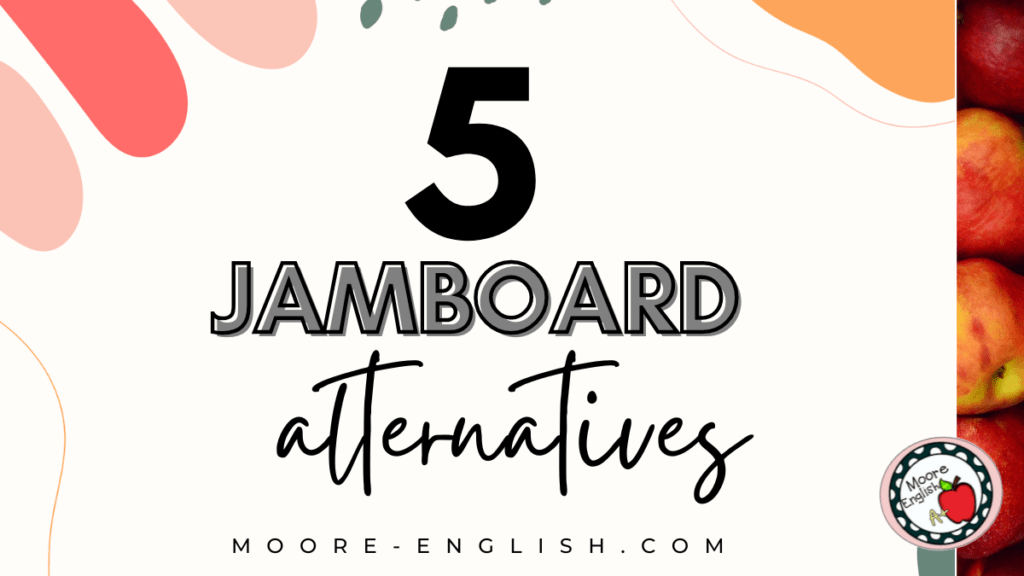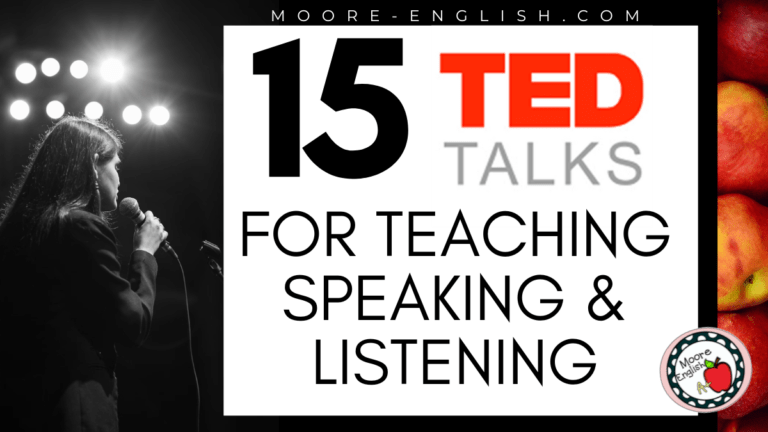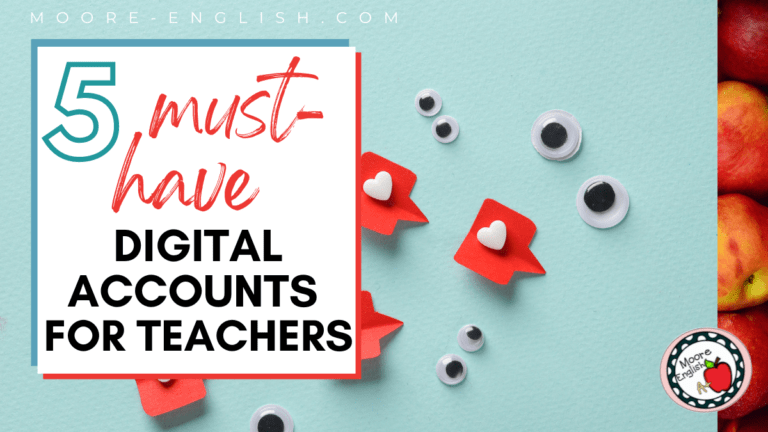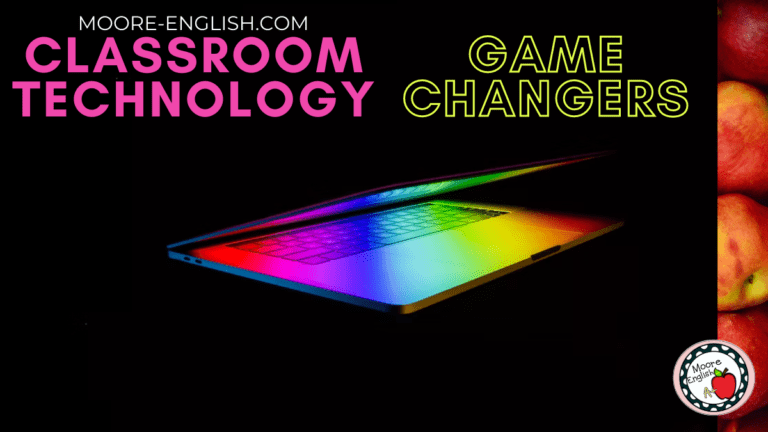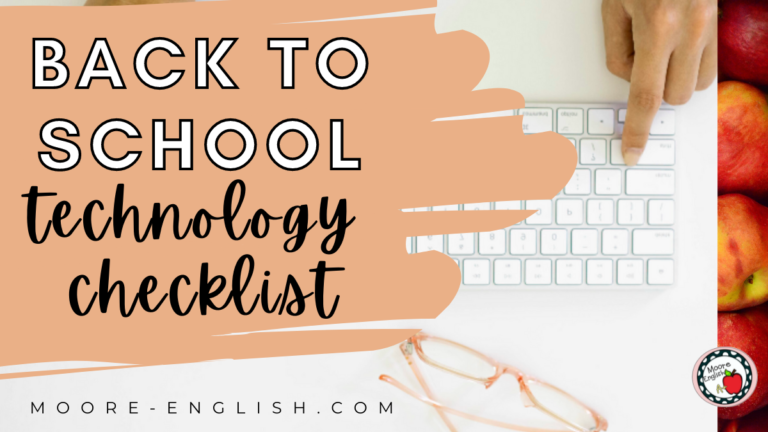A digital whiteboard is one of my favorite tools for helping students brainstorm and collaborate. Even during distance learning, my students were able to use a digital whiteboard to check in, show their thinking, and problem solve.
For a long time, my favorite whiteboard has been Google Jamboard. However, Google is sunsetting Jamboard in 2024.
With this in mind, I have been on a quest for an affordable, student-friendly alternative. Today, I want to share five awesome options!
This post this post may contain affiliate links. Please read the Terms of Use.
Digital Whiteboards for Education
When I started this quest, I was looking for free platforms without arbitrary limits on the number of collaborative whiteboards. None of these are identical to Jamboard, but each has its own unique features and functionality. As I become familiar with these tools, I may even begin to like them better than Jamboard!
- First, teachers cannot go wrong with Canva. With a student or teacher account, users have access to some of Canva’s very best tools. My students are already familiar with Canva, so this is an easy alternative to Jamboard.
- Secondly, Kami provides another excellent option for digital whiteboarding. My students frequently use Kami for digital annotation, so this is another familiar tool. As a bonus, Kami has an excellent Chrome extension.
- Next, Clickup and Witeboard are newer to me. Initially, Clickup has more functionality and room to play. However, the simplicity of Witeboard is unparalleled. Overtime, I think Clickup may be a better option, but if you are looking for an immediate and nearly effortless Jamboard alternative, Witeboard is where it’s at!
- Finally, Google Slides is probably something you already use in your classroom. With the right share settings and the appropriate screen zoom, your slidedeck can easily double as a digital whiteboard. Especially if you’re looking for a familiar tool without an additional login, Slides may be the right choice.
My Favorite Digital Whiteboard Lessons
When I first learned that Google was abandoning Jamboard, I was disappointed because I have a few lessons and activities that work so well on a digital whiteboard. These are some of my favorite activities for whiteboarding:
- Card sorts: Especially when it comes to teaching grammar, I love a good card sort! My Grammar and Vocabulary Fun Bundle is full of quick, fun card sorts. A digital whiteboard provides a broad backdrop for quickly and easily sharing study sets.
- Brainstorming: When students set out to plan a new project, a collaborative space is ideal for brainstorming. For example, my freshmen just created comics for The Odyssey, and a digital whiteboard provided them the perfect space to create a storyboard before they committed pen to paper.
- Inquiry-based learning: Oftentimes, I use inquiry-based learning to introduce new concepts or vocabulary. A digital whiteboard is an ideal environment for students to inquire without threat of damaging anything or losing any resources. Read about how I use inquiry-based learning to teach Shakespearean sonnets or parallelism.
- Silent discussion: Not only do I love a silent discussion for a social (but unfocused) class, but my silent discussion templates are already in Google Slides! Silent discussions are a perfect way to take stress away from introverted students and empower everyone to engage in the discussion!
PD + Whiteboarding = love
We have all been to a professional development session that just cannot get off the ground. The facilitator tries to generate buy-in, but they get nothing back but crickets. When this happens, a digital whiteboard can be the perfect thing to grease the wheels!
- First, a digital whiteboard can facilitate introductions without making everyone go around in a circle. Similarly, a digital whiteboard can help presenters randomize groupings and partnerships efficeintly!
- Additionally, a digital whiteboard can facilitate discussion across a variety of topics and spaces. The conversation can grow in unexpected directions, and participants can link a variety of media easily. After the session is over, the conversation remains for participants to revisit later for inspiration.
- Similarly, when I begin planning for a PD session, I often use a digital whiteboard to curate my vision. Kind of like a vision board or a storyboard, a digital whiteboard is a quick place for me to gather my thoughts. Plus, I love how easy it is to revisit past PD plans to make updates or tweaks.
- Finally, a digital whiteboard can be an easy backchannel for managing questions or collecting resources during a PD session. This way no one has to interrupt to ask a personal or obscure question and all the shared resources are easily collected in one place.


